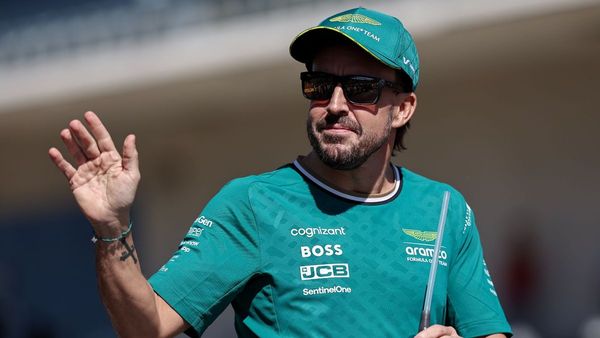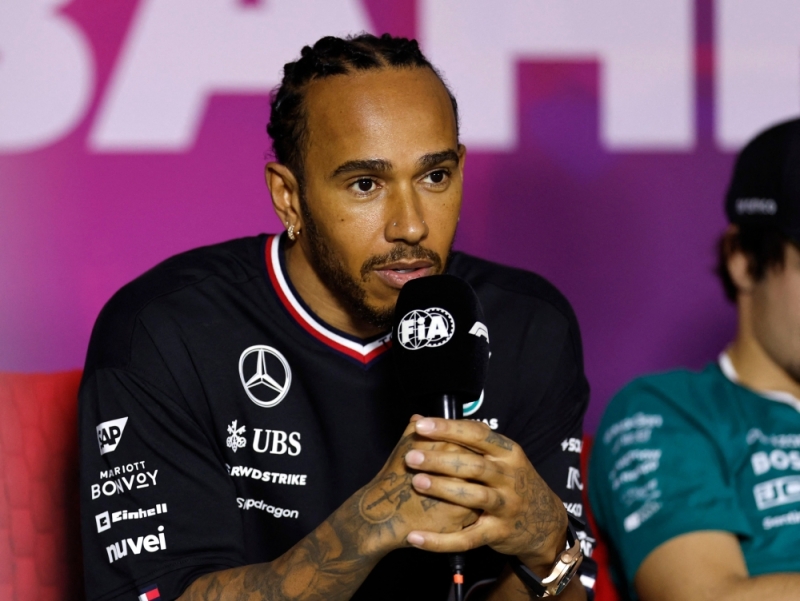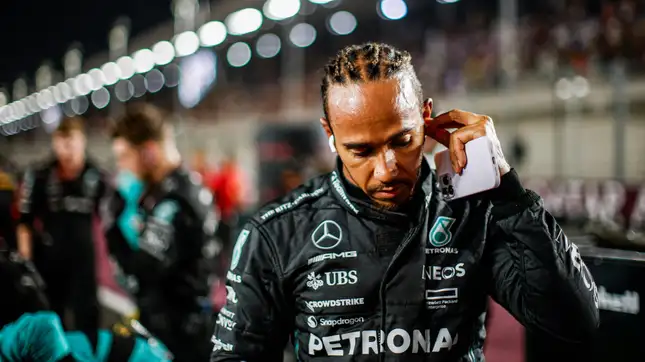Fernando Alonso stands as a paradox in the world of Formula 1—a driver whose talent is celebrated as among the best, yet whose career is marked by missed titles and time spent in uncompetitive machinery. As Alonso reaches a staggering milestone of 400 Grand Prix starts at the Mexico City GP, the tale of his journey is one of brilliance intertwined with unfortunate timing, strategic missteps, and his own fierce ambition.
Alonso, now 43, debuted in F1 with Minardi in 2001. Over two decades, he has won two world championships and amassed 32 race victories. Despite his success, the Spaniard is the first to admit that his ambitions remain unfulfilled. “I would love to race half of the 400 and win one more championship,” he recently remarked, emphasizing that while his 400 starts are notable, it’s the titles and victories that he truly desired. 
Alonso’s legacy is rooted in his extraordinary competitiveness and skill behind the wheel. His rise to the pinnacle came quickly with Renault, winning world titles in 2005 and 2006 by defeating legends like Michael Schumacher. At that moment, it seemed more championships would follow. However, fate and a series of career choices led him down a different path. Instead, the 2000s and 2010s saw Sebastian Vettel, Lewis Hamilton, and now Max Verstappen dominate the sport, leaving Alonso on the outside of history’s greatest championship runs. 
The Spaniard’s decision-making outside the cockpit has frequently been his Achilles’ heel. While he’s unmatched on track, his career has been punctuated by contentious relationships with teams, often resulting in exits amid tension and disappointment. His first stint with McLaren in 2007 exemplifies this, as Alonso clashed with rookie teammate Lewis Hamilton. As a reigning champion, Alonso’s discomfort in sharing the spotlight became apparent, eventually leading to friction and an early departure from the team.
Alonso’s years at Ferrari were also emblematic of his career’s highs and lows. His arrival in 2010 saw him pull Ferrari into title contention almost singlehandedly, closing a 47-point deficit mid-season to enter the final race with a lead. However, a strategic error by Ferrari dashed Alonso’s title hopes. Two years later, another fierce battle with Vettel saw Alonso lose the championship by a razor-thin margin, once again thwarted by circumstances beyond his control.
The 2015 return to McLaren, alongside Honda’s anticipated but ultimately flawed engine, ended in more disappointment and public frustration, burning bridges once again. A hiatus from F1 followed, with Alonso pursuing challenges in Le Mans and the Indy 500, showcasing his undiminished racing prowess.
His return in 2021 with Alpine and subsequent move to Aston Martin in 2023 illustrated his continued skill and determination. Although Aston Martin’s promising start this season did not sustain, Alonso seized every opportunity, delivering podiums and re-establishing himself as one of the sport’s best—even as the oldest driver on the grid.
If he fulfills his contract through 2026, Alonso will likely retire with nearly 450 races under his belt. For Alonso, though, numbers have never been the goal. “That guy in 2001, I was not really thinking too much in the future,” he reflected. Alonso’s journey has been less about carefully planned steps and more about navigating the unpredictable terrain of F1. Each race, team, and title bid was a new chapter in a career defined by resilience, talent, and a relentless drive to be the best.



